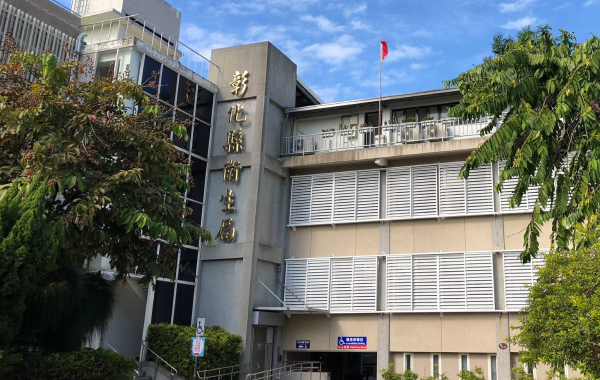Taiwan aims to achieve HCV elimination by 2025. Innovative strategies of precision public health are implemented, including targeted screening programs (for high-risk populations, rural populations and specific institutions) to identify HCV-positive individuals, followed by linkage to care programs (screening and linkage-to-care, SLTC), under the guidance of policies. The following are illustration of Taiwan experiences with productive outcomes attributed to government and policy support.
Taiwan aims to achieve HCV elimination by 2025. Innovative strategies of precision public health are implemented, including targeted screening programs (for high-risk populations, rural populations and specific institutions) to identify HCV-positive individuals, followed by linkage to care programs (screening and linkage-to-care, SLTC), under the guidance of policies. The following are illustration of Taiwan experiences with productive outcomes attributed to government and policy support.
Taiwan aims to achieve HCV elimination by 2025. Innovative strategies of precision public health are implemented, including targeted screening programs (for high-risk populations, rural populations and specific institutions) to identify HCV-positive individuals, followed by linkage to care programs (screening and linkage-to-care, SLTC), under the guidance of policies. The following are illustration of Taiwan experiences with productive outcomes attributed to government and policy support.








